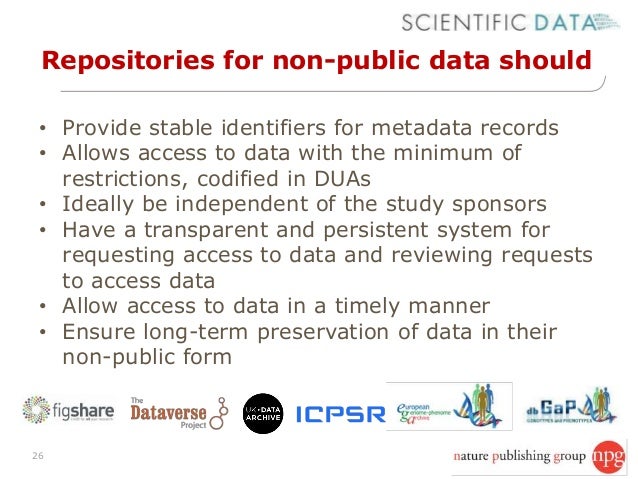Virtual Fossils Revolutionise the Study of Human Evolution
Doug Boyer | February 25, 2016
[...] Many institutions and individuals intuitively sense that open access is too soft for their hard-won data, or they may have contracted with stakeholders that take this view. MorphoSource therefore allows researchers and institutions merely to ‘advertise’ the existence of datasets, which then require an active request for access. Restrictions that seemed necessary often prove not to be, however. For example, Harvard’s Museum of Comparative Zoology routinely (and responsibly) prohibits researchers from giving third parties access to data acquired from using the MCZ collection. When we recently published microCT scans of 431 primate specimens in the Nature journal Scientific Data, we were able to engage the museum in a dialogue that resulted in the relaxation of restrictions in the case of this dataset to allow open access and a less restrictive copyright licence. Since publication, the specimens have been viewed 40,000 times and downloaded 2,500 times. [...]
 |
| Source: http://www.slideshare.net/VarshaKhodiyar/privacy-and-publication-challenges-and-opportunities-for-clinical-data |
<more at https://aeon.co/opinions/virtual-fossils-revolutionise-the-study-of-human-evolution; related links and articles: http://morphosource.org/ (MorphoSource website) and http://www.dlib.org/dlib/july14/prost/07prost.html (Degrees of Openness.
Access Restrictions in Institutional Repositories. Hélène Prost and Joachim Schöpfel. D-Lib Magazine. July/August 2014, Volume 20, Number 7/8. doi:10.1045/july2014-prost. [Abstract: Institutional repositories, green road and backbone of the open access movement, contain a growing number of items that are metadata without full text, metadata with full text only for authorized users, and items that are under embargo or that are restricted to on-campus access. This paper provides a short overview of relevant literature and presents empirical results from a survey of 25 institutional repositories that contain more than 2 million items. The intention is to evaluate their degree of openness with specific attention to different categories of documents (journal articles, books and book chapters, conference communications, electronic theses and dissertations, reports, working papers) and thus to contribute to a better understanding of their features and dynamics. We address the underlying question of whether this lack of openness is temporary due to the transition from traditional scientific communication to open access infrastructures and services, or here to stay, as a basic feature of the new and complex cohabitation of institutional repositories and commercial publishing.])>

No comments:
Post a Comment